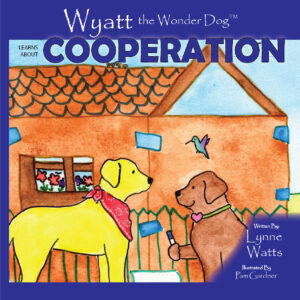Kids and anger
Kids and Anger Challenges
Do you have a student who has a low frustration tolerance? Even the slightest thing sets him off?
Do you have a child that loses control and throws temper tantrums? Are you walking on eggshells trying to keep her on an even keel?
What can you do to teach more emotional control? In the past, we taught kids lots of simple anger techniques; take a deep breath and count to ten, take a break, ask for help. These are all worthwhile and often effective. However, when a child has frequent anger outbursts, these techniques alone don’t really get to the root of the problem. What if instead of teaching children what to do after they get angry, we also taught them how to understand and manage their feelings? What if we challenged their thinking that lead them to be angry in the first place?
Here is the technique:
- Teach children that all feelings come from our own thoughts, not from our circumstances. This is good news. It means that we are each responsible for our own feelings and consequently our own behavior. No one else and no situation makes us happy or mad. It is how we see or perceive the situation. Circumstances are those things that happen that are outside of our control. Here are some examples of circumstances:
- Sally took the toy I was playing with.
- George said I couldn’t play on his team.
- Help children identify the thought that creates the feeling. This is the hardest part of the technique but even young children can learn to identify, often in reviewing the circumstance in hindsight, what the thought was that preceded the feeling. Notice that these thoughts often include word “should” or something similar. Here are some examples:
- Sally was mean to me. She should wait her turn.
- George should include me on his team.
- Help children determine the feeling as well as the body sensations that go along with the feeling. This involves teaching children body language as well as the words that describe feelings.
- I feel mad. My body is tense and I am clenching my fists.
- I feel left out. I am tearing up and about to cry.
- Help children change the thought in order to change and control the feeling. This is the teaching moment where you may need to help children think of more positive and productive thoughts. Here are some examples:
- Sally didn’t share or ask nicely for the toy but I know a better way to play with others. Sally is learning how to share too and she is younger than I am.
- Everyone can’t be on the same team. It is okay if I am on a different team.
- Identify the new behavior that follows:
- I will play with a different toy or I will ask the teacher to help.
- I will ask if I can join a different team.
This is obviously a technique that requires practice and understanding. It is not meant to replace other behavior management techniques that calm and redirect children in the midst of difficult feelings. Instead it is a means of educating children and teaching appropriate behavior. It is a technique to prevent problems before they start. It also helps to prepare kids to handle difficult situations that they encounter later in life.
Wyatt the Wonder Dog Learns about Cooperation
Wyatt wants to play Frisbee. Max want to build a fort and Callie wants to have tea party. How do the three friends reconcile their differences? Can it be done? When Wyatt doesn’t get his way, Max’s mother suggests he be the Superhero for the day. Join Wyatt as he learns how the magic of cooperation and compromise can bring the five friends closer together.

